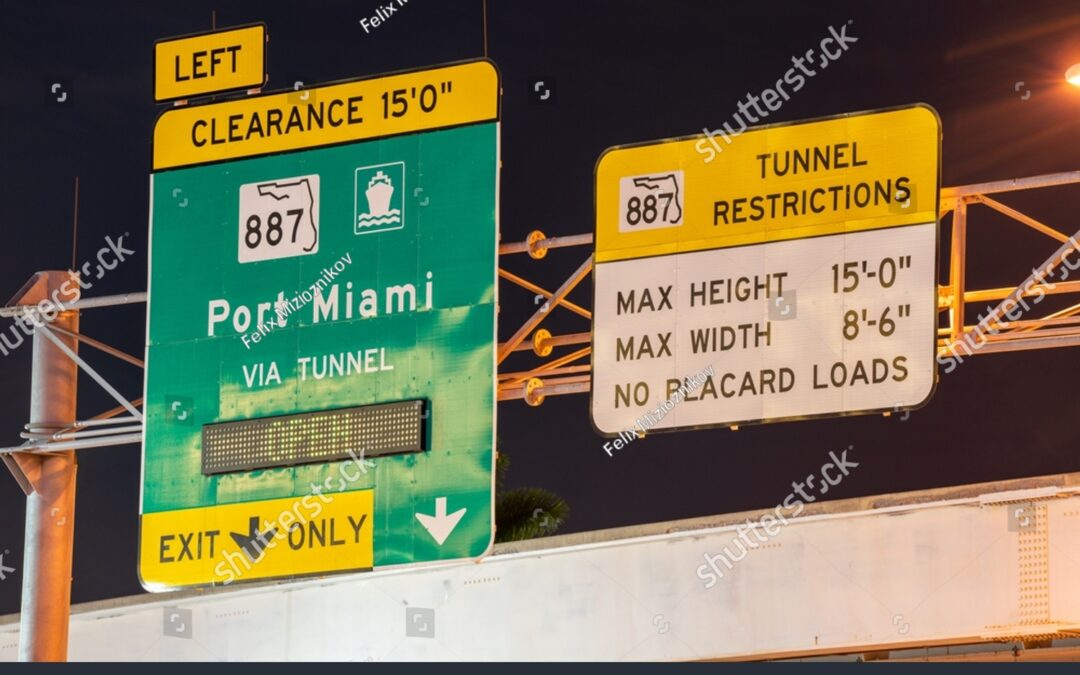The Port of Miami Tunnel stands as a testament to innovative engineering and strategic urban planning, significantly enhancing Miami’s infrastructure. This monumental project was developed through a public-private partnership (PPP) between the Florida Department of Transportation (FDOT) and MAT Concessionaire, LLC.
Project Timeline and Completion
The project commenced with the procurement and negotiation phases in 2006, following the issuance of a Request for Qualifications (RFQ) by FDOT.
Construction began in May 2010, and the tunnel was officially opened to commercial and private traffic on August 3, 2014.
U.S. Department of Transportation
Purpose and Objectives
The primary objectives of the Port of Miami Tunnel were to:
- Provide a direct connection from the Port of Miami to highways via Watson Island to I-395, thereby improving access to the port and supporting its growth in cruise and cargo operations. Port of Miami Tunnel
- Alleviate traffic congestion in downtown Miami by redirecting port-related traffic, including cargo trucks and cruise-related vehicles, away from the city’s streets, thus enhancing road safety and facilitating urban development. Port of Miami Tunnel
Project Cost and Funding
The total project cost was approximately $1.073 billion. Funding was sourced through a combination of public and private contributions, including:
- Senior Bank Debt: $341.5 million
- TIFIA Loan: $341 million
- Equity Contribution: $80.3 million
- FDOT Milestone Payments During Construction: $100 million
- FDOT Development Funds: $209.8 million
U.S. Department of Transportation
Community Reception and Impact
Since its inauguration, the Port of Miami Tunnel has been well-received by the community. It has successfully diverted port-related traffic from downtown Miami, reducing congestion and improving safety on city streets. The tunnel has also enhanced the efficiency of freight transportation to and from the port, contributing to economic growth in the region.
U.S. Department of Transportation
Future Expansion
As of now, there are no publicly announced plans for the expansion of the Port of Miami Tunnel. The existing infrastructure continues to serve its intended purpose effectively, with ongoing maintenance ensuring its operational efficiency.
In conclusion, the Port of Miami Tunnel project exemplifies successful collaboration between public and private sectors, resulting in infrastructure that meets the city’s transportation needs and supports economic development.

